[NOTE: This is an update of a blog first published in 2013.]
Can we be overwhelmed with gratitude but have no need to thank anyone or anything?
This question came to me as I finished the last pages of Wild: From Lost to Found on the Pacific Crest Trail by Cheryl Strayed. This 2012 memoir was reviewed in The New York Times and made into a movie starring Reese Witherspoon in 2014.
She took her grief on a 1,100-mile backpacking trip
 The story is about loss and backpacking, two abiding interests in my life. I’d probably write favorably of anyone who takes their grief on a 1,100-mile backpacking trip. Cheryl Strayed did and wrote about it.
The story is about loss and backpacking, two abiding interests in my life. I’d probably write favorably of anyone who takes their grief on a 1,100-mile backpacking trip. Cheryl Strayed did and wrote about it.
Strayed has an abusive father, her beloved mother dies prematurely, and her stepfather and siblings later drift away. After Strayed’s destructive behavior ends her marriage and leads her to addiction, she decides to hike the Pacific Crest Trail, inexperienced and alone. She encounters the elements, animals, people, and her own demons and angels on her months-long journey.
I have never attempted long-distance backpacking. The most I have ever lasted was four nights. So, I only have a hint of what Strayed went through on her arduous journey. I met many through-hikers on the Appalachian Trail within a half-hour of my home in Virginia. The people I met on the AT had completed one thousand miles on their way to Maine, another thousand miles to the north. Strayed’s stories of the people she hikes with for a few days at a time ring true.
In the end, GRATITUDE was the feeling at her core
At bottom, Strayed’s story is about her spiritual journey to emotional wholeness from what was once the wreck of her life. She never portrayed herself as a religious person in any sense of the word. But, in the end, gratitude was the feeling at her core.
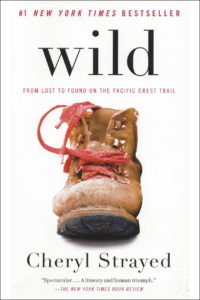 There are many moving passages in the book, but I was caught by one line on the next-to-last page of the book. Cheryl touches the bridge on the Columbia River, the site at the end of her journey. She walks back to an ice cream stand to buy herself a treat with the last two dollars she has to her name. She enjoys her ice cream, chatting with a lawyer from Portland who stops for ice cream, too. She says goodbye to him and
There are many moving passages in the book, but I was caught by one line on the next-to-last page of the book. Cheryl touches the bridge on the Columbia River, the site at the end of her journey. She walks back to an ice cream stand to buy herself a treat with the last two dollars she has to her name. She enjoys her ice cream, chatting with a lawyer from Portland who stops for ice cream, too. She says goodbye to him and
“I leaned my head back and closed my eyes against the sun as the tears I’d expected earlier at the bridge began to seep from my eyes. Thank you, I thought over and over again. Thank you. Not just for the long walk, but for everything I could feel finally gathered up inside of me; for everything the trail had taught me and everything I couldn’t yet know, though I felt it somehow already contained within me.”
Religious types thank God. Others thank a “higher power” or “the universe.” Strayed felt no need to tell us who the “you” was in her “thank you.” In my life-long quest to understand the spiritual journey, I have never encountered a simpler yet profound expression of gratitude for being a recipient of the graciousness of life. Most of the dying people I met in my 30 years as a chaplain had that same humility and gratitude.
Thank you.
Just “thank you,” period.
Cheryl Strayed ends her book acknowledging the truth I try to capture in my poem “Giving Up, Letting Go, and Letting Be” with the words,
“How wild it was, to let it be.”
Thank you,
Hank
__________________________________________
Chaplain Hank Dunn is the author of Hard Choices for Loving People: CPR, Feeding Tubes, Palliative Care, Comfort Measures and the Patient with a Serious Illness and Light in the Shadows. Together they have sold over 4 million copies. You can purchase his books at hankdunn.com or on Amazon.

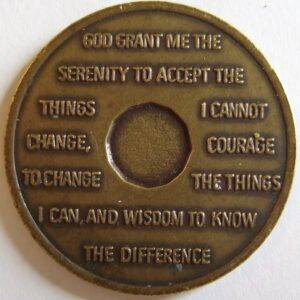
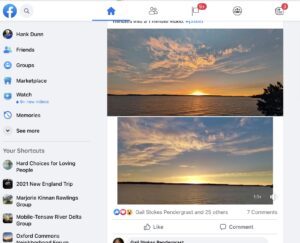 In my personal photo collection, I have scads of dawns and dusks. Sunrise in the swamp. Sunset from a mountaintop.
In my personal photo collection, I have scads of dawns and dusks. Sunrise in the swamp. Sunset from a mountaintop.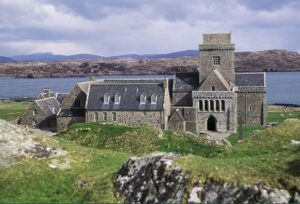



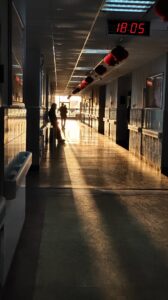
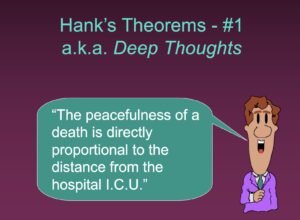 About that same time, I started traveling around the country making presentations to healthcare professionals. My most popular talk, “Helping Patients and Families with End-of-Life Decisions,” includes a series of slides with “Hank’s Theorems” on various end-of-life issues. The first slide says, “The peacefulness of a death is directly proportional to the distance from the hospital ICU.”
About that same time, I started traveling around the country making presentations to healthcare professionals. My most popular talk, “Helping Patients and Families with End-of-Life Decisions,” includes a series of slides with “Hank’s Theorems” on various end-of-life issues. The first slide says, “The peacefulness of a death is directly proportional to the distance from the hospital ICU.”
